What Are Different Nd Filter Numbers Used For?
Neutral Density (ND) filters are essential tools in the arsenal of photographers and videographers. They are used to control the amount of light entering the camera lens, allowing for greater creative control over exposure settings. ND filters come in various strengths, each denoted by a specific number that indicates the level of light reduction. Understanding the different ND filter numbers and their applications can significantly enhance your ability to capture stunning images and videos under various lighting conditions.
Understanding ND Filter Numbers
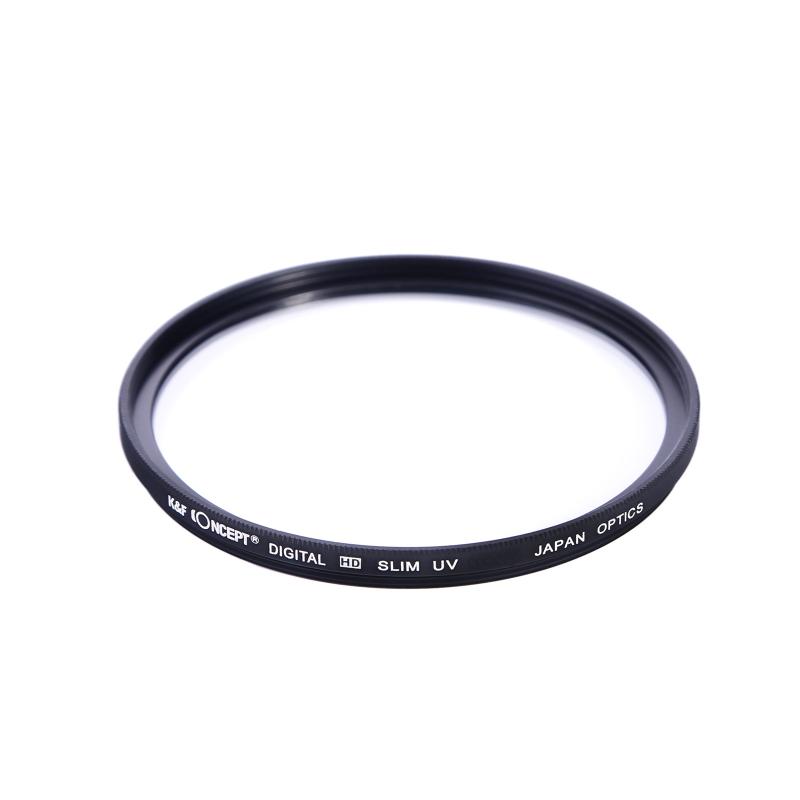
ND filters are labeled with numbers that represent their optical density and the corresponding light reduction factor. The most common ND filter numbers include ND2, ND4, ND8, ND16, ND32, ND64, ND1000, and so on. These numbers can be a bit confusing at first, but they essentially indicate how much light the filter blocks. For instance:
- ND2: Reduces light by 1 stop (50% of light passes through)
- ND4: Reduces light by 2 stops (25% of light passes through)
- ND8: Reduces light by 3 stops (12.5% of light passes through)
- ND16: Reduces light by 4 stops (6.25% of light passes through)
- ND32: Reduces light by 5 stops (3.125% of light passes through)
- ND64: Reduces light by 6 stops (1.563% of light passes through)
- ND1000: Reduces light by 10 stops (0.1% of light passes through)
Practical Applications of Different ND Filter Numbers
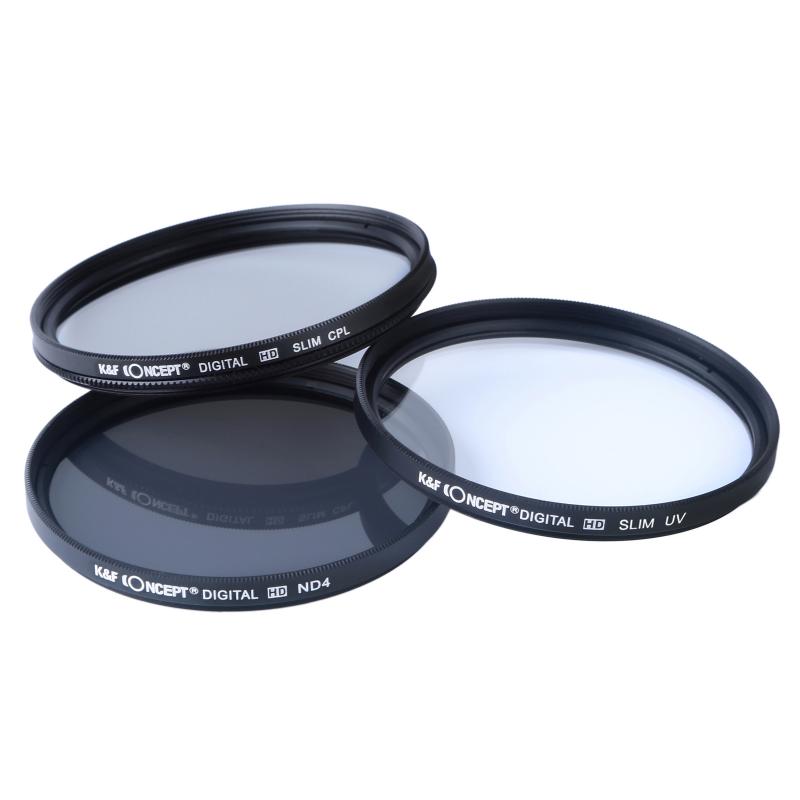
ND2 and ND4 Filters
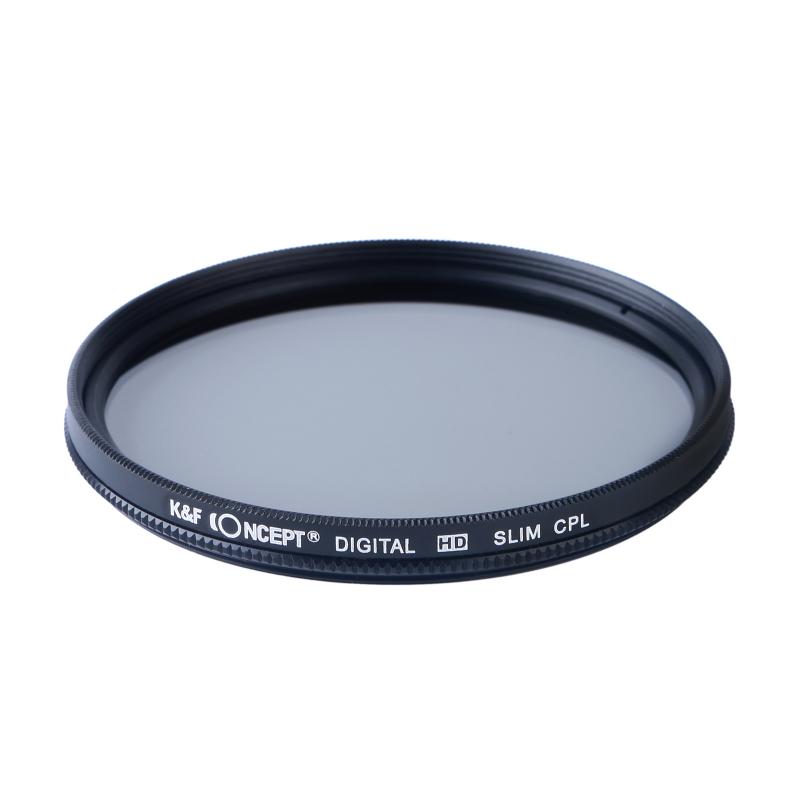
These are relatively light ND filters and are often used in situations where only a slight reduction in light is needed. They are ideal for:
- Portrait Photography: When shooting portraits in bright sunlight, ND2 or ND4 filters can help achieve a shallow depth of field by allowing the use of a wider aperture without overexposing the image.
- Video Recording: In video production, maintaining a consistent shutter speed is crucial for achieving a natural motion blur. ND2 and ND4 filters can help control exposure without altering the shutter speed, especially in bright conditions.
ND8 and ND16 Filters
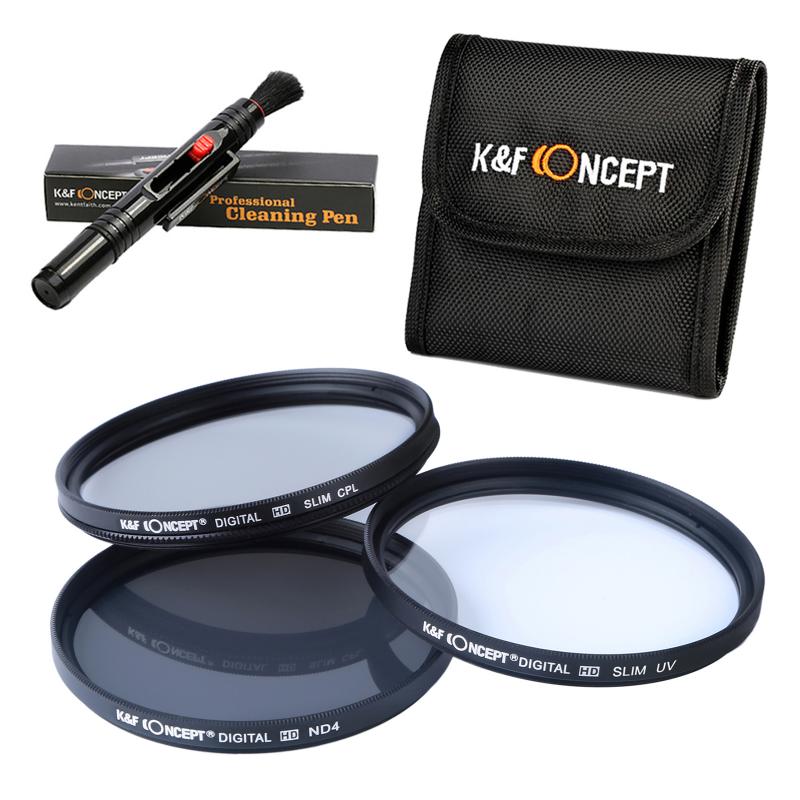
These medium-strength ND filters are versatile and can be used in a variety of scenarios:
- Landscape Photography: ND8 and ND16 filters are excellent for capturing landscapes with a balanced exposure. They allow for longer shutter speeds, which can create beautiful motion blur effects in water, clouds, or foliage.
- Urban Photography: When photographing cityscapes, these filters can help manage the exposure during the day, allowing for creative effects like blurring moving vehicles or people to convey a sense of motion.
ND32 and ND64 Filters
These stronger ND filters are particularly useful for more dramatic effects and challenging lighting conditions:
- Long Exposure Photography: ND32 and ND64 filters are perfect for long exposure shots, even in daylight. They enable photographers to use very slow shutter speeds to capture stunning effects like silky smooth waterfalls, misty oceans, or streaking clouds.
- Astrophotography: In some cases, these filters can be used to reduce light pollution when capturing the night sky, allowing for clearer and more detailed images of stars and celestial objects.
ND1000 and Beyond
These ultra-strong ND filters are specialized tools for extreme long exposure photography:
- Extreme Long Exposures: ND1000 filters are used to achieve extremely long exposure times, even in bright daylight. This can create surreal, dream-like images with completely smooth water surfaces and dramatically blurred skies.
- Solar Photography: These filters can also be used for safely photographing the sun, such as during solar eclipses, by significantly reducing the intense light to a safe level for both the camera sensor and the photographer's eyes.
Choosing the Right ND Filter
Selecting the appropriate ND filter depends on the specific requirements of your photography or videography project. Here are some tips to help you choose the right filter:
1. Assess the Lighting Conditions: Determine the intensity of the light in your shooting environment. Brighter conditions will require stronger ND filters to achieve the desired effect.
2. Define Your Creative Goals: Consider the artistic effect you want to achieve. For subtle adjustments, lighter ND filters like ND2 or ND4 may suffice. For dramatic long exposures, stronger filters like ND64 or ND1000 will be necessary.
3. Experiment and Practice: ND filters can take some getting used to. Experiment with different strengths and settings to understand how they affect your images and develop your skills in using them effectively.
Practical Tips for Using ND Filters
- Use a Tripod: Long exposure photography often requires very slow shutter speeds, making a tripod essential to avoid camera shake and ensure sharp images.
- Check for Vignetting: Some ND filters, especially when stacked, can cause vignetting (darkening of the corners of the image). Be mindful of this and adjust your composition or use a single, stronger filter if necessary.
- Monitor Exposure: Using ND filters can make it challenging to see through the viewfinder or on the camera screen. Use your camera’s histogram and exposure meter to ensure proper exposure.
- Combine with Other Filters: ND filters can be used in conjunction with other types of filters, such as polarizers, to achieve specific effects. Just be cautious of potential vignetting and color casts.
ND filters are powerful tools that can significantly expand your creative possibilities in photography and videography. By understanding the different ND filter numbers and their applications, you can make informed decisions about which filters to use in various scenarios. Whether you’re aiming for subtle exposure adjustments or dramatic long exposure effects, ND filters offer the flexibility to achieve your artistic vision. Experiment with different strengths, practice your techniques, and enjoy the enhanced creative control that ND filters provide.


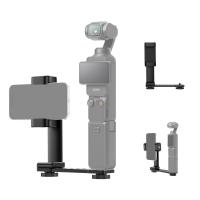

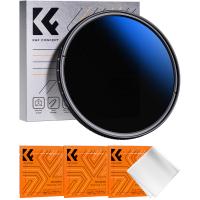

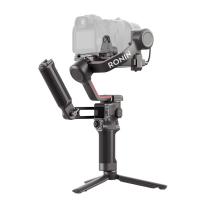

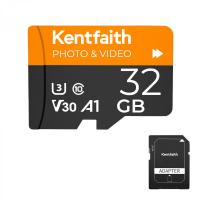



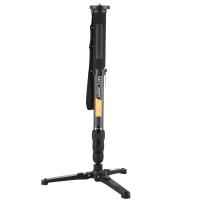
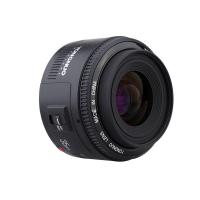

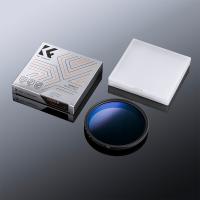
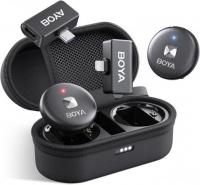
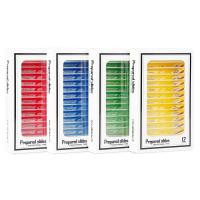


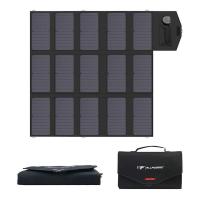

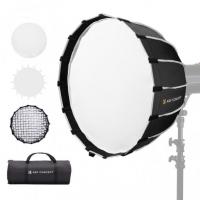

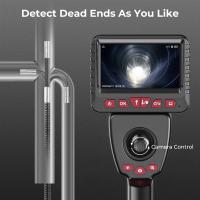
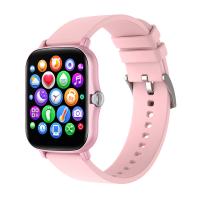
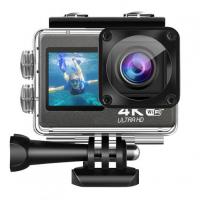

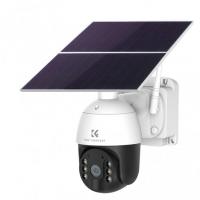
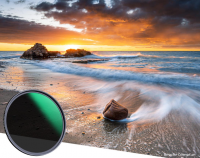



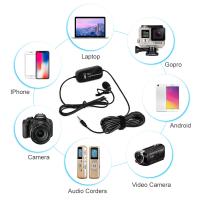
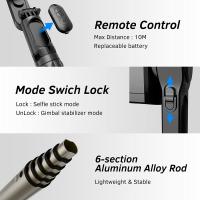
There are no comments for this blog.